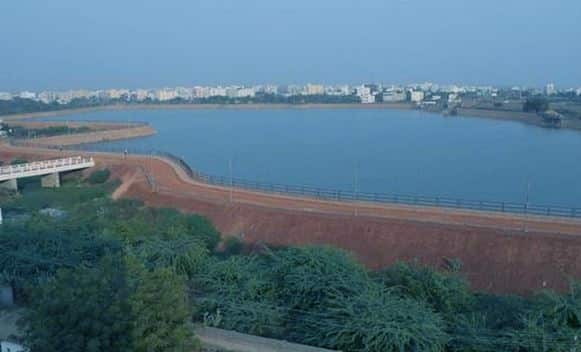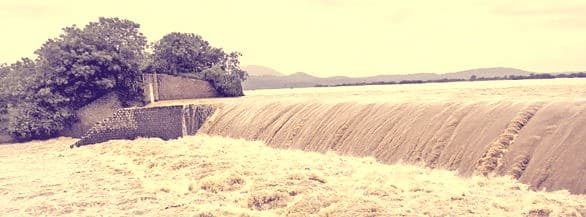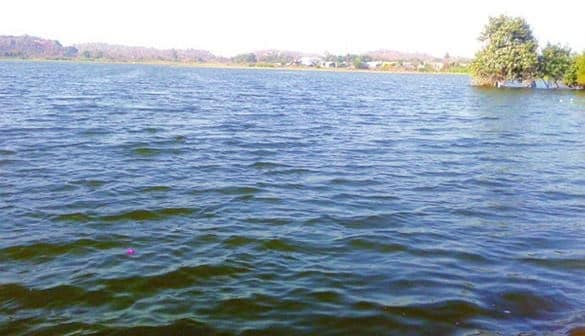Mission Kakatiya Can Show Us The True Model Of Sustainable Development

One of the most prominent legacies of the Narmada Bachao Andolan has been its impactful reminder that development is not equal. Time and again, the rich and urban have progressed at the cost of the poor and rural populations. What’s more, nature has taken a beating from all sides in the quest for modernization. Old and traditional methods of living, which respected the land and nature are long gone. And gone with them are our resources.
This is why mission kakatiya is such a great step in the right direction. One of the first programs adopted by the Telangana government with the formation of the state in 2014. The project aims to revive and restore Water. Target was 24,000 water tanks and lakes used across the state for over 5 years.
Mission Kakatiya: The Why and How Of It
The geographical location of the state of Telangana means that there is no regular water supply. So people can rely on the water supply, especially in the more rural and arid regions. As a result, water tanks and lakes have been the lifeline of communities for centuries. When the condition of these reservoirs deteriorated the government looks towards the old Kakatiya dynasty of Southern India. Whose expertise and technology in water storage have been remarked upon by scholars across decades. Thus mission kakatiya was born.
The aim of the project was simple but ambitious. To revive the tens of thousands of small tanks, lakes, and other channels of water transport that enable mirror irrigation works to happen. This means that the project was directly tied up towards sustainability and the upliftment of the poor. Various methods, including de-silting tanks, repairing them, clearing pipes, and other channels. New infrastructure was undertaken to help revive this network of water supply in the state.
Mission Kakatiya: The Impact
The project seems to have gone strongly, as there has been an increase in the level of water across the state, which in turn has led to supplementary benefits such as more farming, and less use of fertilizers and other chemicals to induce crop growth. Biodiversity in the state has also increased, with long-missed migratory birds making a comeback to the state.

In a matter of pride and prestige for both the county and the government of Telangana, many foreign agencies and universities showed keen interest in the project, including the University of Michigan and the University of Chicago from the US. Studies were done on the mission kakatiya by various agencies, which also highlighted that the mission was indeed making a positive impact all around – for farmers, for crops, and for nature.
Mission Kakatiya: The Lesson
With a manifold increase in water availability, an increased presence of groundwater, and an enhanced ability to hold water, life around the water reservoirs of Telangana has begun to thrive again. Not only humans benefit, but also flora and fauna.
However, the major challenge that lies now is that of upkeep. Nature will always do its part to ensure bountiful resources. It would be up to the community of farmers and workers to take care of these resources, and of the government to ensure that what has been established does not fall into shambles due to politics, corruption, or personal interests.
Mission Kakatiya has shown that focusing on grassroots level development can create positive cycles of improvement for all stakeholders, as well as the environment. There were no big machines needed, no megastructure had to be created, and no ribbon-cutting ceremony took place. All that was done was to take existing structures and restore them to their former glory. Such innovative projects remind us that sometimes, development means going back to our roots.
